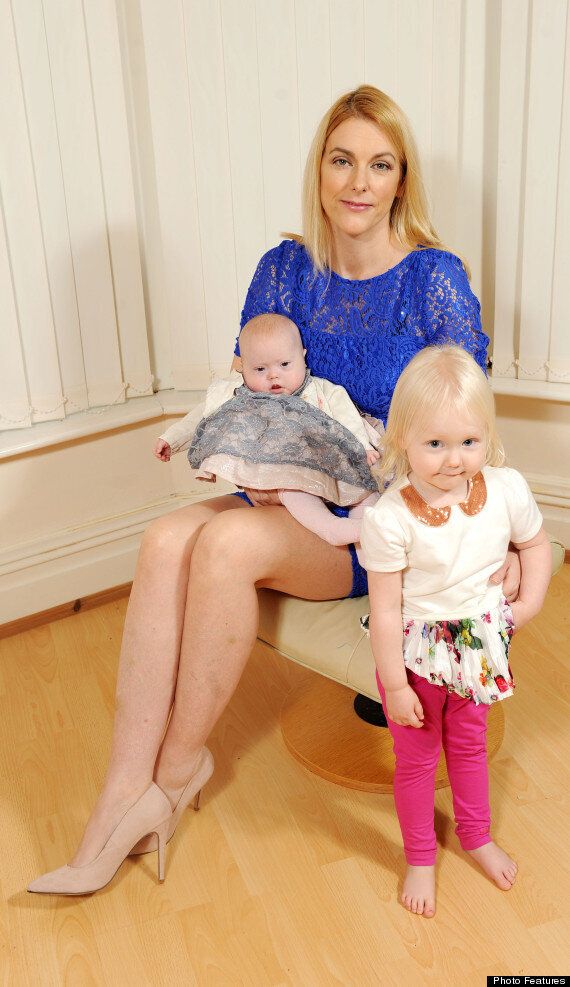A mother who suffers a severe phobia from veins, in particular varicose veins, has pleaded with doctors for them to amputate her healthy legs to prevent her from having to look at them.
Claire Jones, 39, suffers from venephobia which makes her incredibly anxious about veins - especially the prospect of developing more varicose veins on her legs and having to see them on a daily basis.
Her anxiety developed to the point where Jones asked her GP to refer her for an operation to have her legs amputated, after she began having several panic attacks a day.

Unsurprisingly, the mother-of-three's request was rejected by doctors. The 39-year-old has now undergone therapy to manage her phobia.
"When it was refused I wished I could do it myself," said Jones. "It’s impossible to live hiding from your own legs and in the end I just thought I could be a better parent without them triggering anxiety all the time."
Jones believes that her phobia stems from a failed attempt to remove a wobbly tooth when she was six. After seeing the tooth dangle, from what she thought was a vein, Jones recalls bursting into tears and fearing them ever since.
As a child, she would even cry at the sight of her mum's varicose veins, which led her mother to wear trousers much of the time to avoid the upset.
SEE ALSO:
How To Help Someone With Anxiety: Advice On Signs, Treatment And Support
What are varicose veins?
According to the NHS, varicose veins are swollen and enlarged veins – usually blue or dark purple – that are often found on the legs. They may also be lumpy, bulging or twisted in appearance.
Symptoms include: aching, heavy and uncomfortable legs as well as swollen feet and ankles, muscle cramp, dry skin and colour changes in the lower leg.
They develop when small valves inside the veins stop working properly.
In a healthy body, blood is prevented from flowing backwards by a series of tiny valves that open and close to let blood through. If the valves weaken or become damaged, the blood can flow backwards and collect in the vein. This will eventually cause swollen and enlarged varicose veins.
The condition affects three in ten adults, with pregnant women, overweight people and the elderly being most at risk.
Story continues below...
As Jones grew older, her venephobia worsened to the point where she'd cross the street in order to avoid elderly women in dresses who might have varicose veins showing. She even avoided strenuous activities so that her veins wouldn't bulge.
Then, three years ago, Jones began to develop varicose veins in her own legs.
"I'd always struggled looking at them but it got one thousand times worse over night. My biggest fear had come true. Catching sight of them would trigger major anxiety and end up with a full-blown panic attack," she said.
It became worse when the bank cashier from Liverpool realised she couldn't go a day without seeing them.
"I was struggling to cope and got to the point where I thought life would be easier if I wasn’t trying to avoid my legs all the time," she said.
After asking her GP about the possibilities of amputation, and being refused, Jones was referred to a surgery to remove the varicose veins.
Since then, Jones has had two more children and, much to her disappointment, more varicose veins have surfaced.
"I hope this helps people understand, because one of the hardest things about living with a phobia can be being laughed at and judged."
She adds: "Women tell me they would love legs like mine but I just cannot see them that way. To me they are just terrifying."
